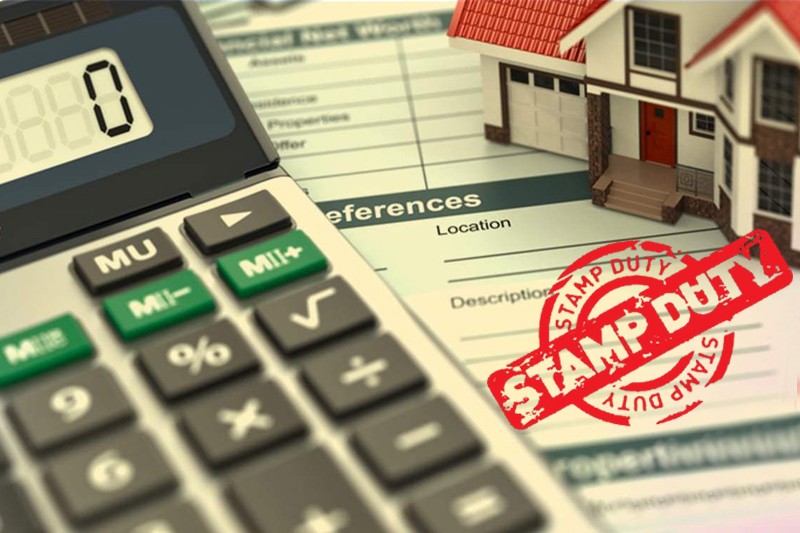For most people, navigating through complex real estate terminologies can be a baffling experience. However, a lack of understanding of the terms should not put you at a disadvantage or cause a delay in a home buying decision. This article will steer you through the concept of circle rate and market rate so that the next time you hear your real estate broker casually mentioning that the circle rates are high in a region, you can understand better. You will also be able to comprehend the impact of circle rates on your budget, which will help you plan your finance better.
What Is Circle Rate?
Circle rate is the minimum rate, per square ft. of land, at which a real estate transaction (sale or transfer) should be registered. It applies to both plot and constructed properties. It is important to note that no transaction can occur below the circle rate. It is also called guidance value or ready reckoner value in many Indian states. Circle rates vary according to localities or areas within a city and also types of projects. A completely-developed locality will have a higher circle rate than a locality in the outskirts or an area that is not fully developed.
Guidance value is fixed and revised by the state government. For example, the Tamil Nadu government fixes the circle rate for Chennai and other parts of the state. However, circle rates are not frequently revised to match the fluctuation of market prices. So, they are usually lower than the market rates and are only indicative of the property prices.
What Is Market Rate?
The market rate is the price a buyer pays the seller for a real estate transaction according to their agreement. In other words, it is the price a buyer is willing to pay and a seller is willing to accept for the property; this price will influence future market values. Since the market rate depends on supply and demand of the market, market rates of a high-demand area will be high.
What is the difference between the circle rate and the market rate?
Knowing the difference between the circle rate and the market rate will come in handy during property registration. Because while registering a property, stamp duty and registration charges are paid either on the circle rate or market rate, the price at which the transaction is registered.
For example:
The market rate for a property is Rs. 10,000 per sq. ft. The guidance value set for the locality where the property is situated is Rs. 6,000 per sq. ft. In this case:
1. The property cannot be registered below Rs. 6000 per sq. ft.
2. The property can be registered at any price more than Rs. 6000 per sq. ft.
3. If the property is registered at the market rate, which is Rs. 10,000, stamp duty and registration charges must be paid on the market rate.
However, in some areas, market rates are below circle rates. If a property is sold below the circle rate, the buyer still has to pay stamp duty, registration charges, and capital gains on the circle rate and not on the price at which the property was sold.
Comparison of Circle Rates and Market Rates of Top Indian Cities
*The prices mentioned are an approximate value. Circle rates vary according to localities. The current Guideline Value of a property in a particular locality or a city can be obtained from the respective Registering Office.
**The prices mentioned are the average asking price of an apartment. Adroit Urban provides no guarantee for the accuracy and reliability of the information. All data should be independently verified.
Why Is Circle Rate Important?
Setting circle rates are important for the economy because stamp duty paid on circle rates is a major source of revenue for the state government. Additionally, since the real estate market does not have an accurate price index, circle rates will control the property price speculation. Though circle rates are usually lower than the market rates, the government always strives to narrow the gap between the circle rate and market rate. This way, the number of cash transactions and the flow of black money will reduce, thereby, boosting the economy and government’s revenue.
Before finalising a transaction, a potential homebuyer must know the concept of circle rate and market rate. Apart from easing the home buying experience, you will also know how registering at either of these rates will impact the economy or your finances.
Sources:
Market rates - https://www.makaan.com/price-trends
Circle rates -
https://www.businesstoday.in/moneytoday/real-estate/buying-property-circle-market-rates-comparison/story/207690.html
https://groups.commonfloor.com/blog/tag/ready-reckoner-rate-bangalore-2019/












